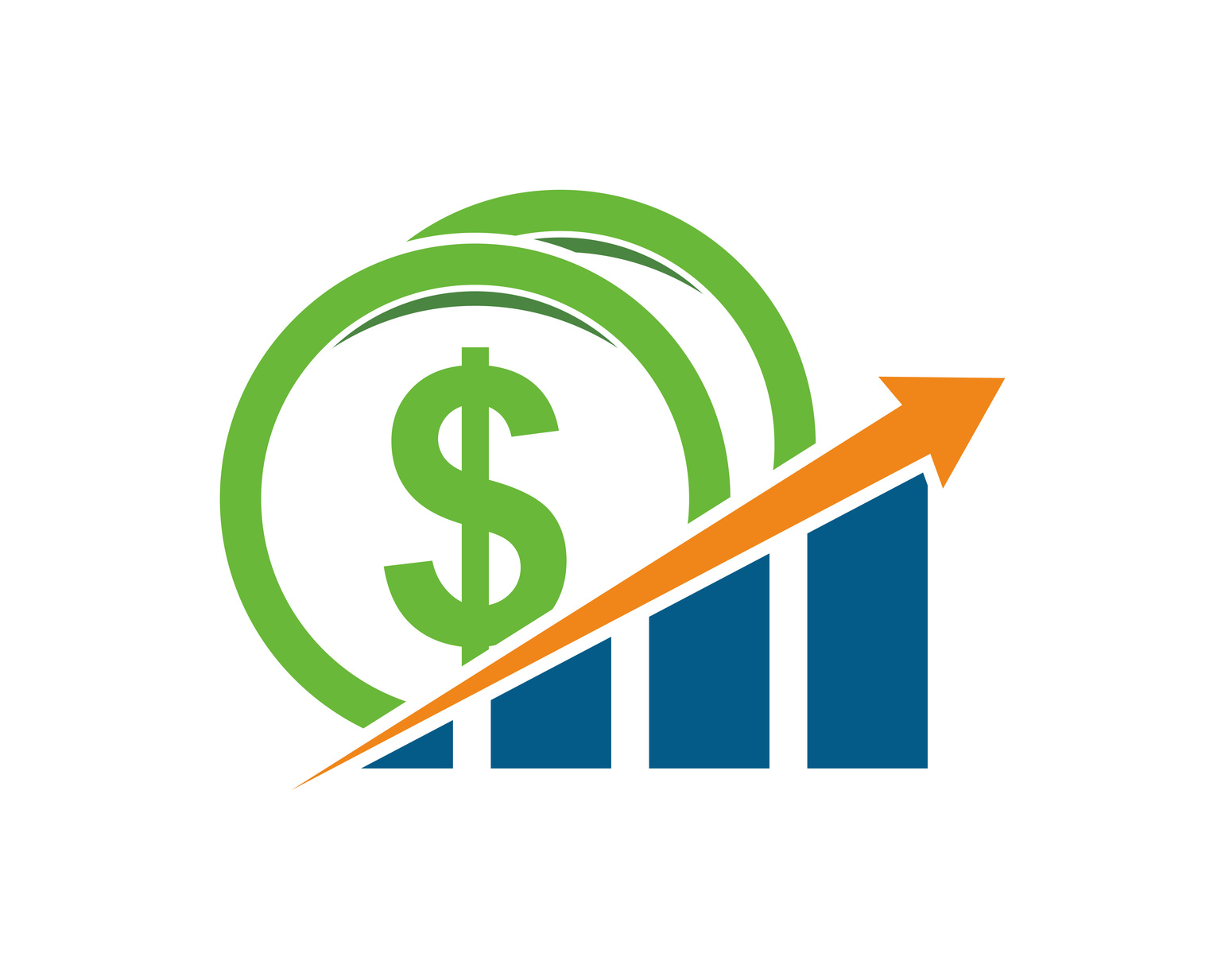Contribution Limits and Tax Benefits
Contribution limits for IRAs and 401(k)s are key when deciding how to allocate funds for retirement. For a 401(k), the contribution limit in 2024 is $23,000. If you're 50 or older, you get an extra $7,500 in catch-up contributions, making your total $30,500.
IRAs have different limits. For 2024, you're looking at a $7,000 cap for your contributions. Those 50 or older can add an additional $1,000, pushing the total to $8,000.
For traditional 401(k)s, contributions are made with pre-tax dollars, reducing your taxable income. You defer taxes until you start withdrawing in retirement, at which point you pay at your regular income tax rate.
Traditional IRAs follow a similar pattern—your contributions might be tax-deductible, reducing your taxable income for the year. Tax deduction eligibility can decrease if either you or your spouse has a retirement plan at work. Earnings grow tax-deferred until withdrawal.
Roth accounts require after-tax contributions, meaning no tax deduction now. The trade-off is tax-free growth and tax-free withdrawals in retirement, once you hit 59½ and have had the account for at least five years.
| Account Type | Annual Contribution Limit | Catch-Up Contribution | Total Contribution Limit (50+) |
|---|---|---|---|
| Traditional/Roth IRA | $7,000 | $1,000 | $8,000 |
| 401(k) | $23,000 | $7,500 | $30,500 |
| Account Type | Tax Benefit at Contribution | Tax Benefit at Withdrawal |
|---|---|---|
| Traditional 401(k) | Pre-tax contributions, reducing taxable income | Taxed as ordinary income at withdrawal |
| Traditional IRA | Contributions might be tax-deductible | Taxed as ordinary income at withdrawal |
| Roth 401(k) | After-tax contributions, no initial tax break | Tax-free withdrawals at retirement |
| Roth IRA | After-tax contributions, no initial tax break | Tax-free withdrawals at retirement |
Understanding these details can guide you towards a more solid financial future.
Investment Options and Flexibility
IRAs typically offer a wide array of investment options, including individual stocks, bonds, mutual funds, ETFs, and sometimes niche assets like real estate and commodities. This flexibility allows for customized investments matching your risk tolerance and growth objectives.
401(k) plans tend to offer a narrower selection, usually limited to a pre-selected list of mutual funds or target-date funds chosen by the employer or plan administrator. This can limit diversification or the ability to take advantage of specific market opportunities.
With IRAs, you choose your custodian, giving you the power to select competitive fees and a preferred selection of assets. Some IRAs offer automated investment options or robo-advisors for simplified investing with optimal diversification.
401(k)s are constrained by the employer's chosen plan provider, limiting you to their financial institution's fees and fund options. However, this often results in lower fund expense ratios due to institutional pricing. Some 401(k) plans are introducing brokerage windows, allowing investments in individual stocks and funds outside the core lineup, though not all plans offer this feature.
401(k) plans may offer employer matching contributions, which follow the investment rules set by the plan.
Fees are important to consider for both account types. IRAs may have account maintenance fees, fund expense ratios, trading costs, and advisory fees. 401(k) plans might offer lower fund expense ratios but can have higher administrative fees.
| Feature | 401(k) | IRA |
|---|---|---|
| Investment Options | Limited to pre-selected mutual funds and possibly target-date funds | Extensive range including stocks, bonds, mutual funds, ETFs, real estate |
| Control Over Choices | Employer-determined, some plans may offer brokerage windows | Full control to select a custodian and investment options |
| Role of Providers | Provider chosen by employer, affecting fees and flexibility | Individual selects provider, enabling comparison-shopping for fees and choices |
Balancing these options can help create a robust, diversified retirement portfolio that fits your unique needs.

Fees and Administrative Costs
Understanding fees and administrative costs associated with IRAs and 401(k)s is crucial as they can significantly impact your savings over time.
401(k) fees generally include:
- Investment expense ratios (typically 0.05% to 1.00%)
- Plan administration fees (around 0.10% to 0.50% of total plan assets annually)
- Occasional service charges for special features
401(k) expense ratios often benefit from institutional pricing, making them lower compared to individual investor options. Administrative costs may be deducted from each participant's account or absorbed through the fund's expense ratios.
IRA fees typically include:
- Expense ratios for investments (0.10% to 2.00%)
- Account maintenance fees ($25 to $50 annually)
- Trading costs ($0 to $6.95 per trade)
- Advisory fees (0.25% to 0.50% for robo-advisors, 1%+ for human advisors)
IRAs offer more control over fees but come with their own set of costs. Expense ratios vary depending on your chosen asset mix.
| Type of Fee | 401(k) | IRA |
|---|---|---|
| Expense Ratios | Typically 0.05% to 1.00% due to institutional pricing | Generally 0.10% to 2.00%, broader range based on asset choice |
| Administrative Fees | 0.10% to 0.50% of total plan assets per year | $25 to $50 annually, varies by custodian |
| Trading Costs | Usually no direct trading fees, absorbed in fund's expense ratio | $0 to $6.95 per trade, depending on brokerage |
| Advisory Fees | N/A directly, depends on plan structure or if plan hired advisors | 0.25% to 0.50% for robo-advisors, 1%+ for human advisors |
Being strategic and well-informed about fees and administrative costs can help maximize the value of your investments.
Required Minimum Distributions (RMDs) and Withdrawal Rules
Understanding RMDs and withdrawal penalties is crucial for effective retirement planning.
401(k) RMD rules:
- RMD age raised to 73 in 2023, increasing to 75 in 2033
- RMDs calculated based on life expectancy and account balance
- Taxed as ordinary income
- 50% penalty on missed RMDs
Roth 401(k)s:
- Subject to RMDs at age 73, but distributions are tax-free
- Can be rolled over to a Roth IRA to avoid RMDs
Traditional IRAs:
- Same RMD rules as 401(k)s
- Distributions taxed as ordinary income
Roth IRAs:
- No RMDs during the original owner's lifetime
- Beneficial for estate planning
Early withdrawal rules:
- 10% penalty on withdrawals before age 59½ for 401(k)s and traditional IRAs
- Exceptions include first-time homebuyer expenses (IRAs), qualified education expenses (IRAs), substantial medical bills, and disability-related costs
- 401(k)s allow penalty-free withdrawals if you retire after age 55 (50 for public safety employees)
- Roth IRA contributions can be withdrawn anytime without penalty, but earnings are subject to taxes and penalties if withdrawn before age 59½ and before the account has been open for five years
| Account Type | RMD Age | RMD Tax Implications | Early Withdrawal Penalties | Exceptions to Early Withdrawal Penalties |
|---|---|---|---|---|
| Traditional 401(k) | 73 (75 starting 2033) | Taxed as ordinary income | 10% penalty before age 59½ | Medical expenses, first home, education, SEPP |
| Roth 401(k) | 73 (75 starting 2033) | Tax-Free (already taxed contributions) | 10% penalty before age 59½ | Medical expenses, first home, education, SEPP |
| Traditional IRA | 73 (75 starting 2033) | Taxed as ordinary income | 10% penalty before age 59½ | Medical expenses, first home, education |
| Roth IRA | No RMD Years | Tax-Free | 10% penalty on earnings before 59½+5ys | Contributions are always penalty-free |
Managing RMDs and early withdrawal rules requires careful consideration of timing, tax strategy, and available exemptions to optimize retirement savings.
- Internal Revenue Service. Retirement Topics – IRA Contribution Limits. IRS.gov.
- U.S. Department of Labor. What You Should Know About Your Retirement Plan. DOL.gov.
- Financial Industry Regulatory Authority. 401(k) Basics. FINRA.org.
- Morningstar. Fund Fee Study. Morningstar.com.
- SECURE Act 2.0. H.R.2617 – Consolidated Appropriations Act, 2023. Congress.gov.
